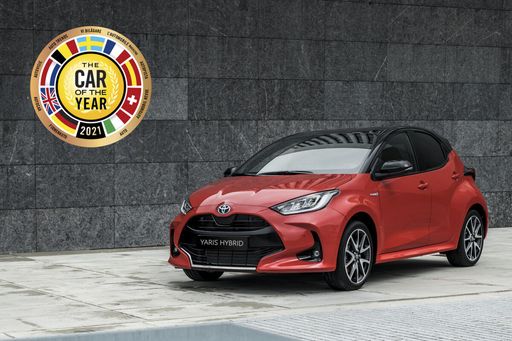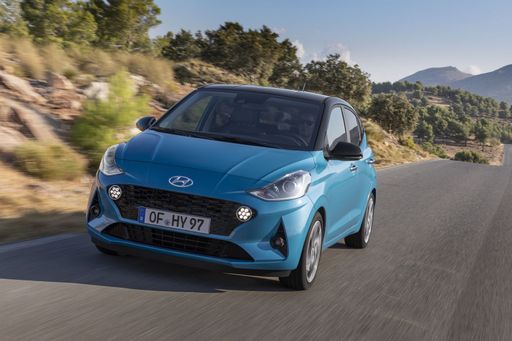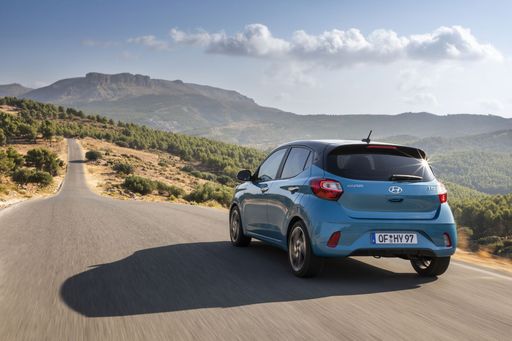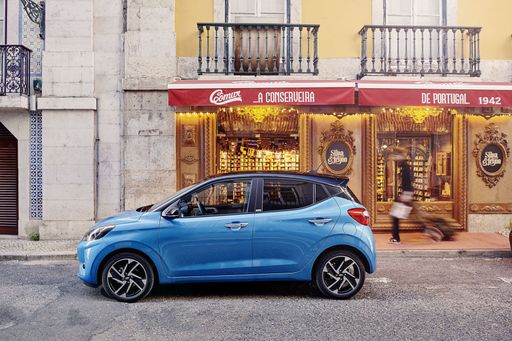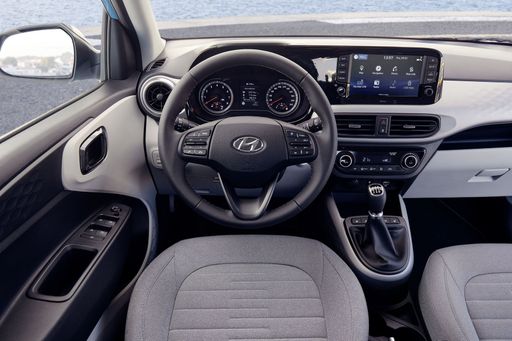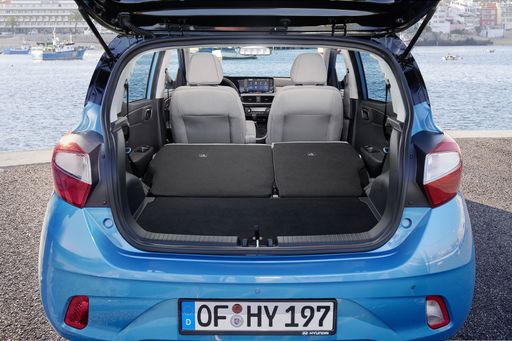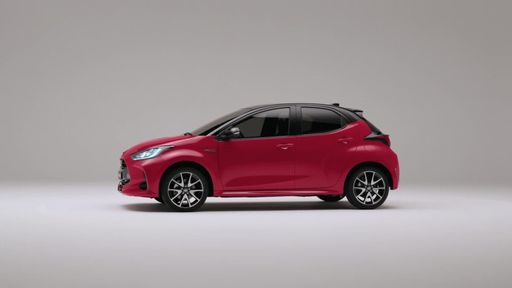Hyundai i10 vs. Toyota Yaris: A Comprehensive Comparison
When it comes to urban mobility, few vehicles encapsulate compactness and efficiency like the Hyundai i10 and Toyota Yaris. Both hatchbacks are designed for an engaging driving experience while providing practicality for everyday users. As we dig into their specifications, innovations, and performance, it becomes evident that each has its strengths.

